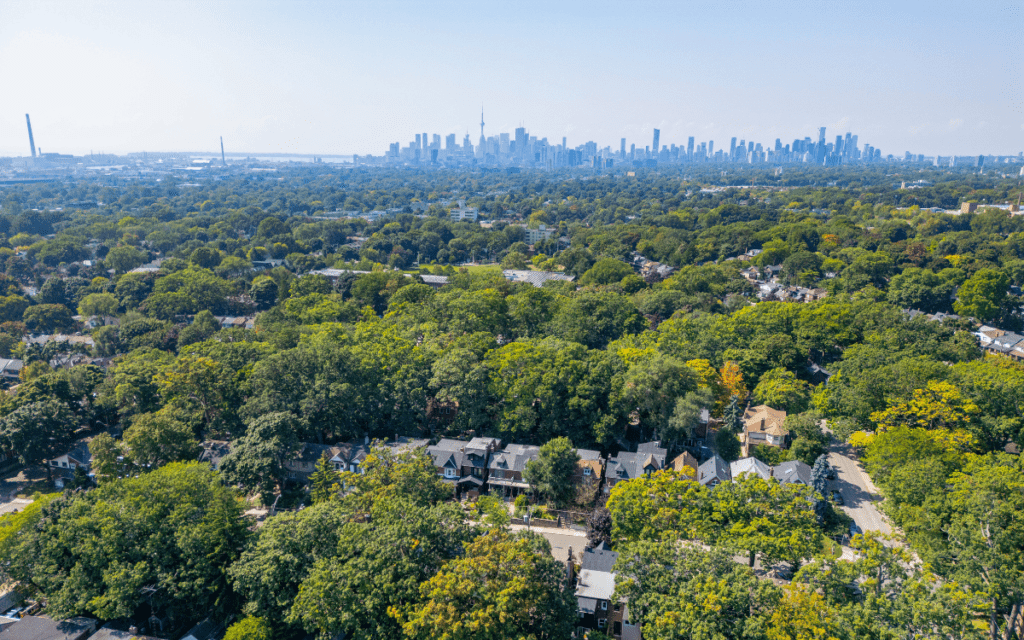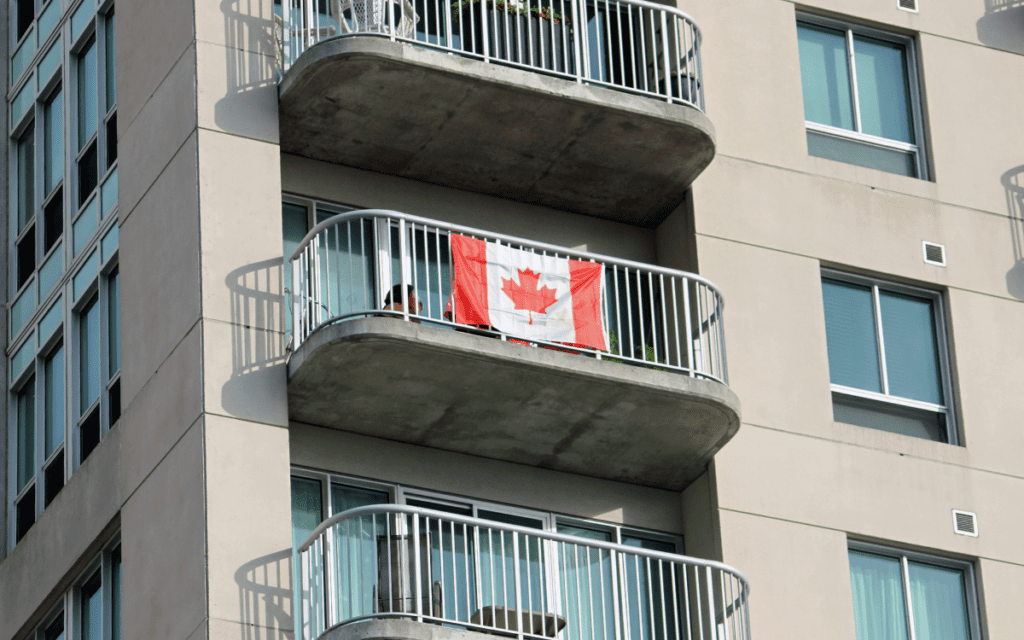Just as some of the headwinds facing the Toronto-area real estate market were losing strength, the outlook became slightly more tempestuous.
NDP Leader Jagmeet Singh’s decision to pull support from the minority Liberal government raises the spectre of a fall election in Canada.
The end to the supply-and-confidence agreement does not mean an election is looming, but the possibility is there.
That prospect may unsettle some buyers and sellers, says Rochelle DeClute, broker at Union Realty, who has been seeing signs the outlook is brightening after a gloomy summer for sales.
“We anticipate a very strong fall market, but when people feel uncertain, things slow down in real estate. An election is uncertainty.”
The Bank of Canada’s recent decision to lower its key interest rate to 4.25 per cent from 4.5 per cent is likely to bolster the market, she says, because many buyers will gain the confidence to move ahead and sellers will have more faith that buyers will turn up.
People who have made up their minds to sell will launch properties between now and the Thanksgiving long weekend, she says.
The Beaches neighbourhood, where Union Realty does much of its business, reflects many of the trends seen across the Toronto area with swelling inventory, sluggish summer sales and a moribund condominium segment.
Prices meanwhile, are flat or slightly higher in many neighbourhoods.
“We’ve seen some good movement in luxury properties,” says Ms. DeClute. “That wasn’t happening in the previous couple of years.”
Ms. DeClute says one agent at the firm is working with a half-dozen buyers searching in the $4-million to $6-million price range in the Beaches.
Active listings in the area stood 72 per cent higher at the end of August compared with the same month last year, Ms. DeClute says. Sales for the year-to-date rose 2.2 per cent to the end of August compared with the same period last year.
The median price in the Beaches stood at $1.423-million at the end of August. That’s 15.7 per cent higher than the median price of $1.23-million recorded at the end of August, 2023.
In many parts of Toronto, flat or higher prices reflect the mix of properties selling: Many sales are the result of move-up buyers and downsizers swapping higher-priced detached houses, which buoy the numbers. Meanwhile, plenty of buyers without such deep pockets have been cautiously waiting on the sidelines, and the smallest condos are rarely changing hands in the current environment.
The high water mark in the Beaches so far in 2024 is a property that changed hands for $5.125-million. In 2023, the largest sale price was $4.55-million.
Still, Ms. DeClute advises sellers in all price ranges that their asking price must not be inflated if they hope to draw interested buyers.
Ms. DeClute warns that setting an artificially low asking price with an offer date is a risky strategy for most sellers, who are likely to end up leaving money on the table.
She points to one property that recently drew four bids on offer night, but all four were unacceptable to the homeowners.
Some sellers then raise the price by $200,000 or so and state offers are welcome any time. That approach leaves bidders with a bitter taste, she says.
“That’s a slippery slope. It’s very important to nail the price. It’s very hard to get them back to the table.”
Ms. DeClute says many buyers report that they are relieved to see that inflation and interest rates are on a downward slope, but they are nevertheless grappling with expenses that range from mortgage payments to groceries to sports camps for their children.
In the $1-million to $2-million tranche, attractive houses on prime streets still pull multiple offers, Ms. DeClute says, but buyer psychology has changed.
During the market’s high-octane run, first-time buyers just wanted in, Ms. DeClute says. In today’s landscape, buyers don’t want to talk themselves into a house – especially in frenzied competition.
“They say, ‘that’s fine – let it go to another party. There’s lots to choose from.’”
If a property has some shortfalls, buyers are unlikely to jump on it.
Still, Ms. DeClute is seeing signals that buyers are more hopeful as the fall market kicks off. Leading up to the Bank of Canada’s interest rate announcement soon after Labour Day, she noticed a jump in the number of buyers looking on Union Realty’s website for an agent to represent them.
Some of the current action in the market stems from buyers who have decided against undertaking large projects. During the early years of the pandemic, homeowners were spending lavishly on home gyms and backyard pools.
Costs for labour and materials have surged in recent years, she says, and many homeowners are no longer willing to spend time and money on a new addition, kitchen or bathroom.
“They don’t want to live through it; they don’t want to pay for it,” she says.
That’s a shift from years past, she says, when many homeowners opted to improve their existing home rather than pay the fees and commissions of moving.
One reason for the change is that relocating to a rental property for the six months to a year that a project takes adds significantly to the expense and upheaval.
The buyers who decide to move are also savvy about what they’re looking for, she says, and they are quick to move on if they suspect a quick fix by a homeowner or a builder flip.
The one part of the market where her firm is seeing trouble is in the condo segment.
Even in as traditional neighbourhood as the Beaches, many of the sellers today are unloading a recently completed unit that they paid rich prices for several years ago in the preconstruction phase.
“People who purchased as investors are really disappointed with what they paid,” she says.
Her firm has been advising sellers to slash prices for some listings.
Want to read the rest of the Globe and Mail article? We can send it to you, email us to receive a copy!



